Canada Flag Meaning
The Maple Leaf - a red stylized maple leaf centered on a white square between two red vertical bands, representing Canada's natural heritage and unity from coast to coast.
- Continent
- North America
- Adopted
- 1965
- Ratio
- 1:2
- Colors
- red, white
- Designer
- George Stanley

Symbolism
Red Maple Leaf: Represents Canada's natural heritage and the changing seasons, with the maple tree being native to Canada and its leaf serving as a national symbol since the 1700s.
White Square: Symbolizes the vast snowy landscapes of Canada's north, peace, and tranquility, while also representing the French heritage through the traditional use of white in French royal flags.
Red Vertical Bands: Represent Canada's position between the Atlantic and Pacific oceans, symbolizing the nation stretching from sea to sea (A Mari Usque Ad Mare).
Red and White Colors: Canada's official national colors since 1921, declared by King George V. Red represents England and white represents France, acknowledging Canada's dual colonial heritage.
Eleven-Pointed Maple Leaf: The stylized design with eleven points was chosen for its distinctive appearance and ease of recognition from a distance, rather than representing specific provinces or territories.
History
- 1700s: The maple leaf emerged as a symbol of Canada when French colonists began using it to represent their new homeland, distinguishing themselves from France.
- 1867-1964: The Canadian Red Ensign served as Canada's unofficial national flag, featuring the Union Jack and Canadian coat of arms, reflecting the country's British colonial status.
- 1963: Prime Minister Lester Pearson initiated the Great Canadian Flag Debate, seeking to replace the Red Ensign with a distinctly Canadian flag without colonial symbols.
- 1964: Parliament formed a committee to consider flag designs, reviewing thousands of submissions from Canadians and evaluating various maple leaf and other Canadian symbols.
- December 15, 1964: After months of heated parliamentary debate, the House of Commons voted 163-78 to adopt the current flag design, ending the contentious flag debate.
- February 15, 1965: The new Canadian flag was officially inaugurated in a ceremony on Parliament Hill, with Governor General Georges Vanier presiding over the historic moment.
- 1996: February 15 was officially designated as National Flag of Canada Day, celebrating the anniversary of the flag's adoption and encouraging Canadian pride.
Trivia
- The flag design was chosen from over 3,000 submissions during the Great Canadian Flag Debate of 1963-1965, one of the most contentious political debates in Canadian history.
- George Stanley, the flag's designer, was a constitutional scholar and Dean of Arts at the Royal Military College who was inspired by the flag of the Royal Military College.
- The maple leaf design specifically depicts a sugar maple leaf, as sugar maples are the most distinctly Canadian species and source of maple syrup.
- During the flag debate, some politicians filibustered for weeks, with the longest speech lasting over 6 hours, highlighting the passionate feelings about Canadian identity.
- The original Red Ensign was lowered for the last time at the stroke of noon on February 15, 1965, in a ceremony attended by thousands despite freezing weather.
- The flag's proportions make it one of the wider national flags in the world, with its 1:2 ratio meaning it's twice as wide as it is tall.
- John Diefenbaker, the former Conservative Prime Minister, opposed the new flag so strongly that he kept a Red Ensign on his desk until his death in 1979.
- The flag was first sewn by Joan O'Malley at a flag company in Ottawa, and her original flag is now displayed in the Canadian Museum of History.
- Canadian Olympic athletes have worn maple leaf symbols since 1904, decades before the flag's adoption, establishing the leaf as Canada's international symbol.
- The flag protocol requires it to be illuminated if displayed at night, and it should be taken down during severe weather unless it's an all-weather flag.
- During the 2010 Vancouver Olympics, the flag gained international recognition when Alexandre Bilodeau won Canada's first-ever Olympic gold medal on home soil.
- The flag appears on the International Space Station when Canadian astronauts are aboard, representing Canada in humanity's farthest frontier.
- Native peoples had used maple leaves as symbols long before European colonization, with the Iroquois considering the maple tree sacred.
- The flag's red dye was originally made from cochineal insects, though modern flags use synthetic dyes that better resist fading in Canada's harsh weather.
- Canadian military units serving overseas often wear the flag as a shoulder patch, with the maple leaf pointing toward the heart as a symbol of patriotism.
Related Countries
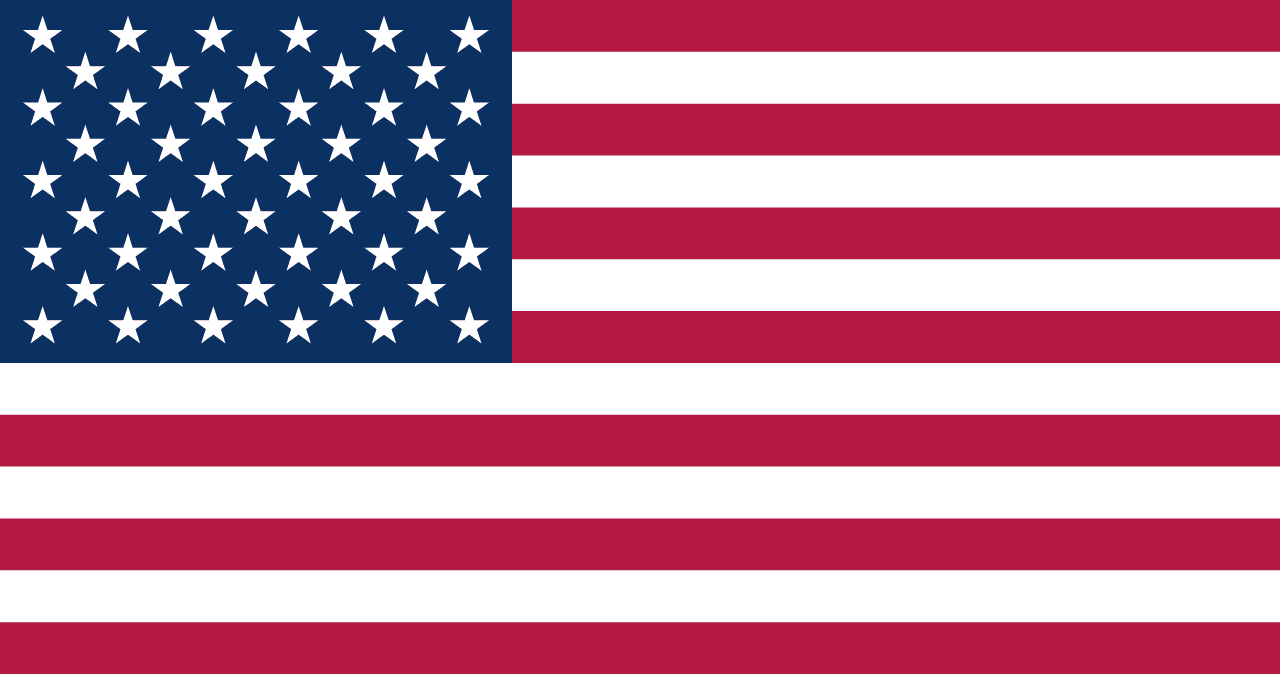
United States
North America
Stars and stripes representing the states and original colonies that founded America.

Mexico
North America
Three vertical stripes of green, white, and red with the Mexican coat of arms centered on the white stripe, featuring an eagle perched on a cactus devouring a serpent, representing the Aztec founding legend of Tenochtitlan and Mexican independence.
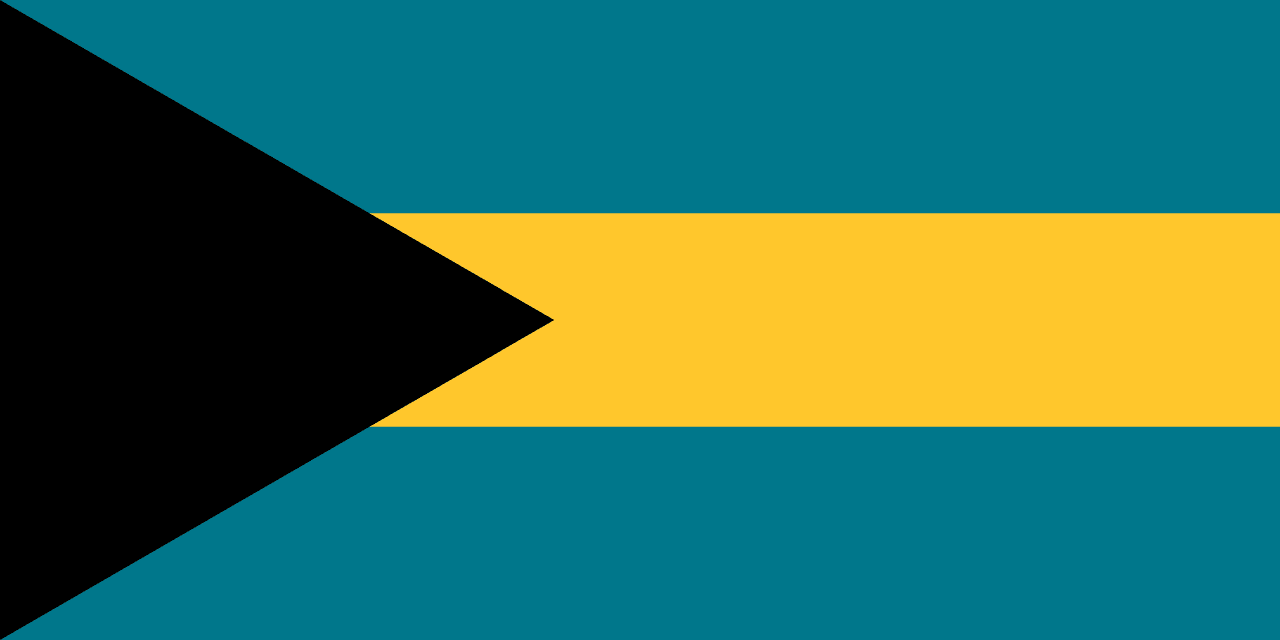
Bahamas
North America
Three horizontal stripes of aquamarine, gold, and aquamarine with a black equilateral triangle at the hoist, representing the waters surrounding the islands, the golden beaches and sunshine, and the strength and determination of the Bahamian people united in their love for their homeland.
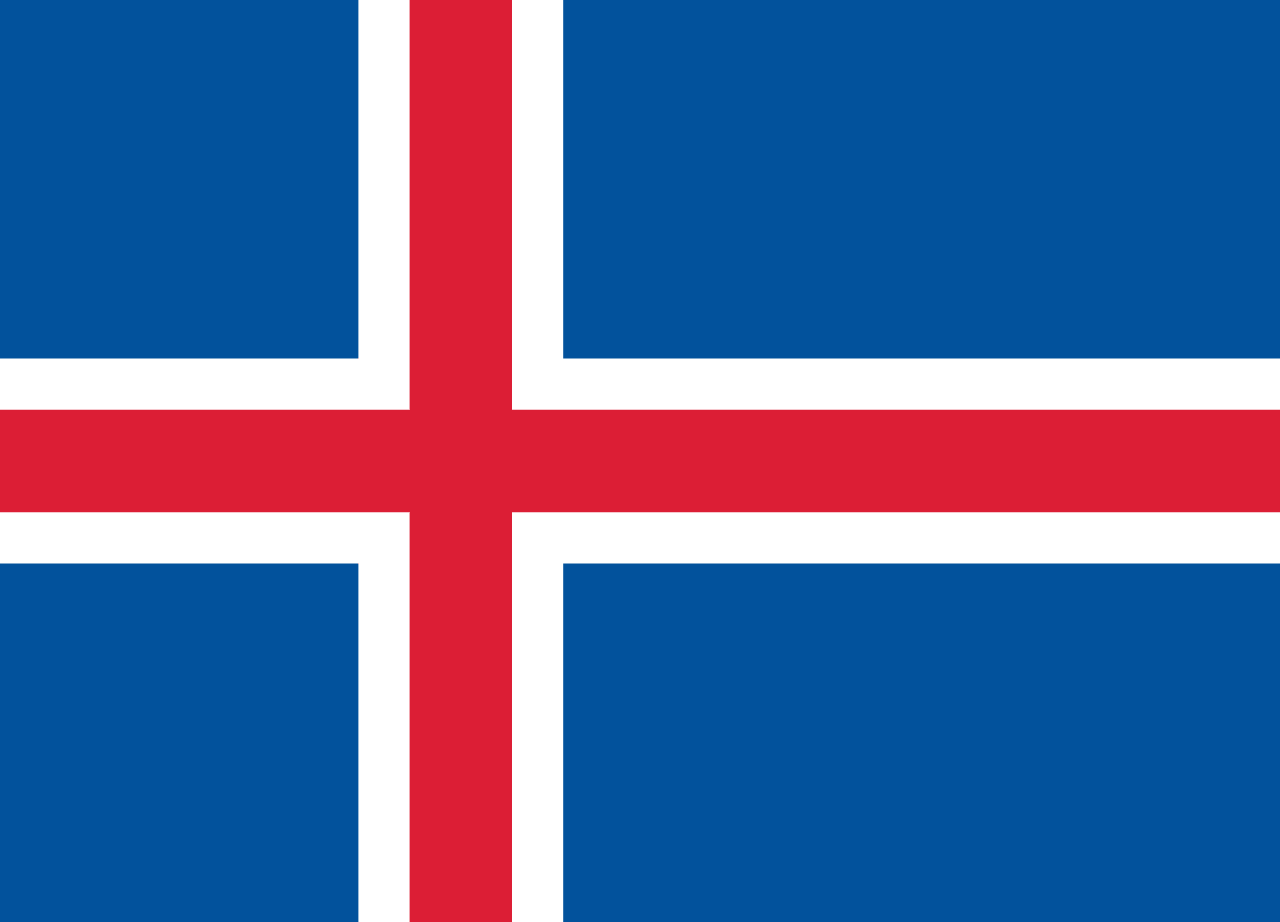
Iceland
Europe
A blue field with a white-bordered red Nordic cross slightly offset toward the hoist, representing Iceland's Nordic heritage, Christian history, and the natural elements of fire and ice that define the island nation.
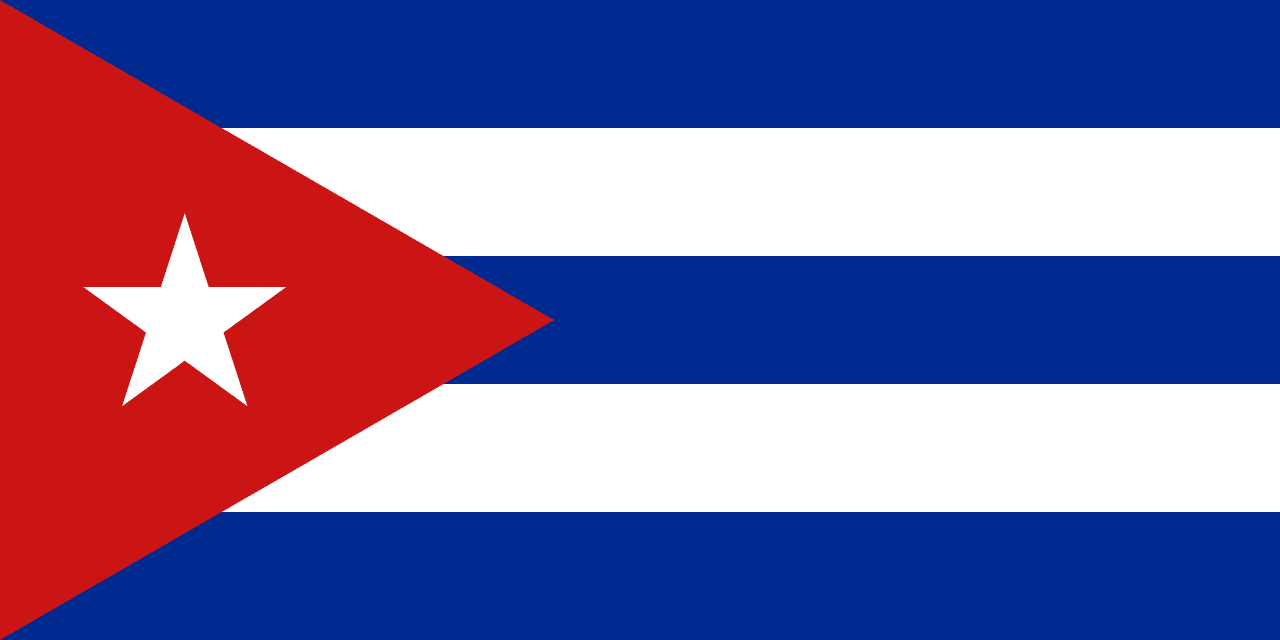
Cuba
North America
Five horizontal stripes alternating blue and white with a red equilateral triangle at the hoist containing a white five-pointed star, representing the three original provinces, purity, the blood of martyrs, and the independence of Cuba.
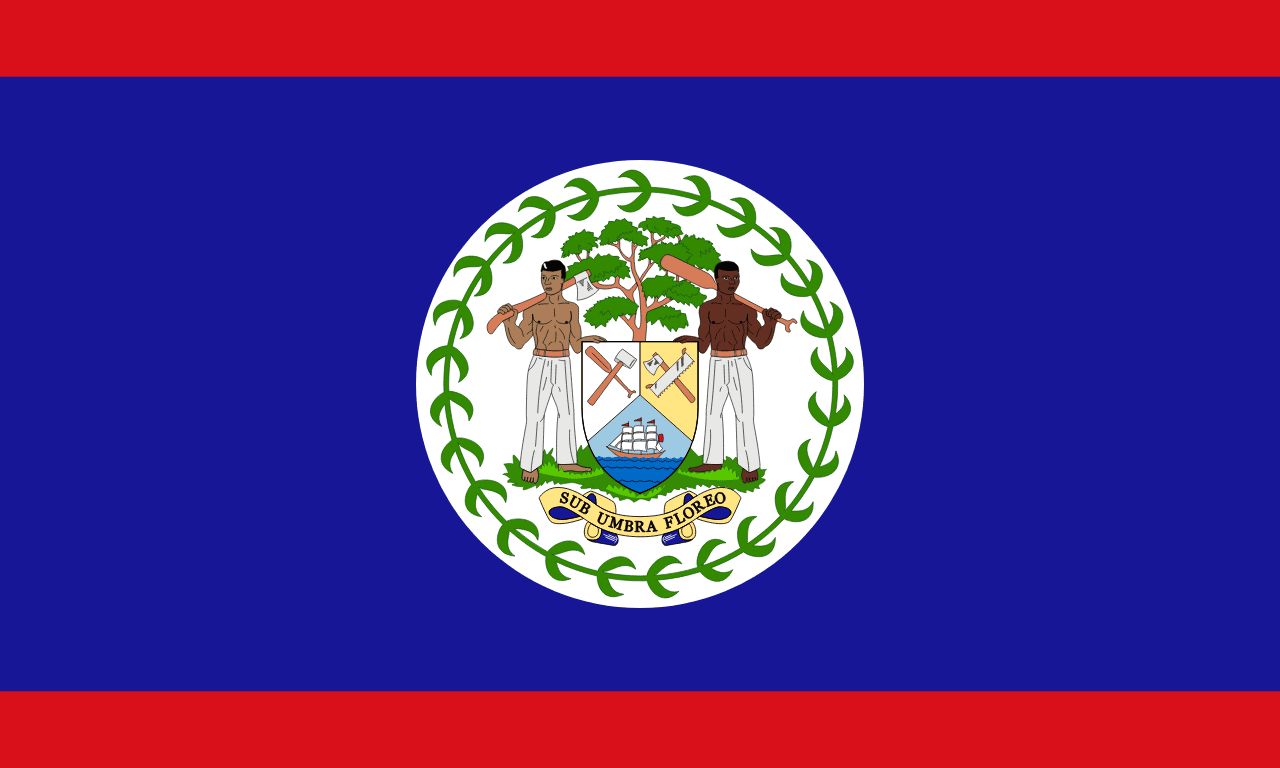
Belize
North America
A blue field with red stripes along the top and bottom edges and the national coat of arms in a white circle at the center, representing the ruling People's United Party, the opposition United Democratic Party, and the peace that unites them, making it the only national flag to feature human figures.